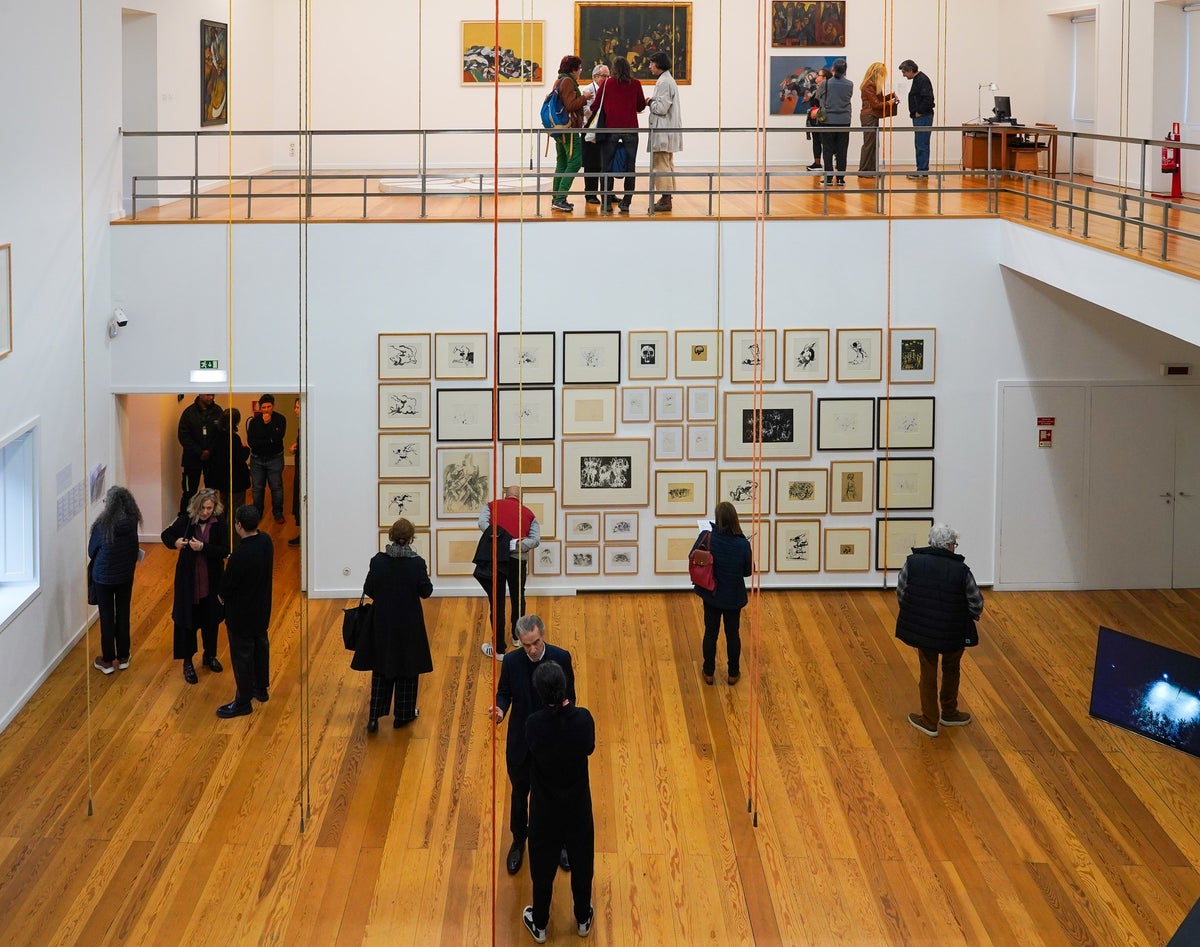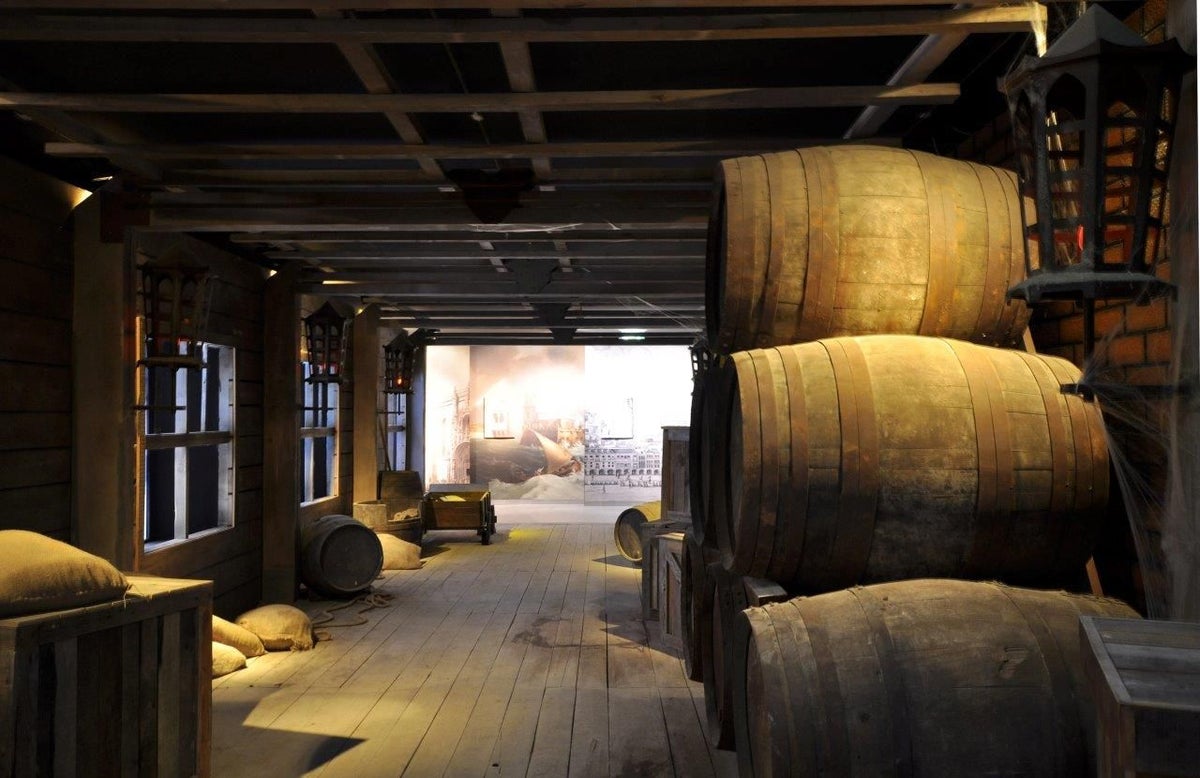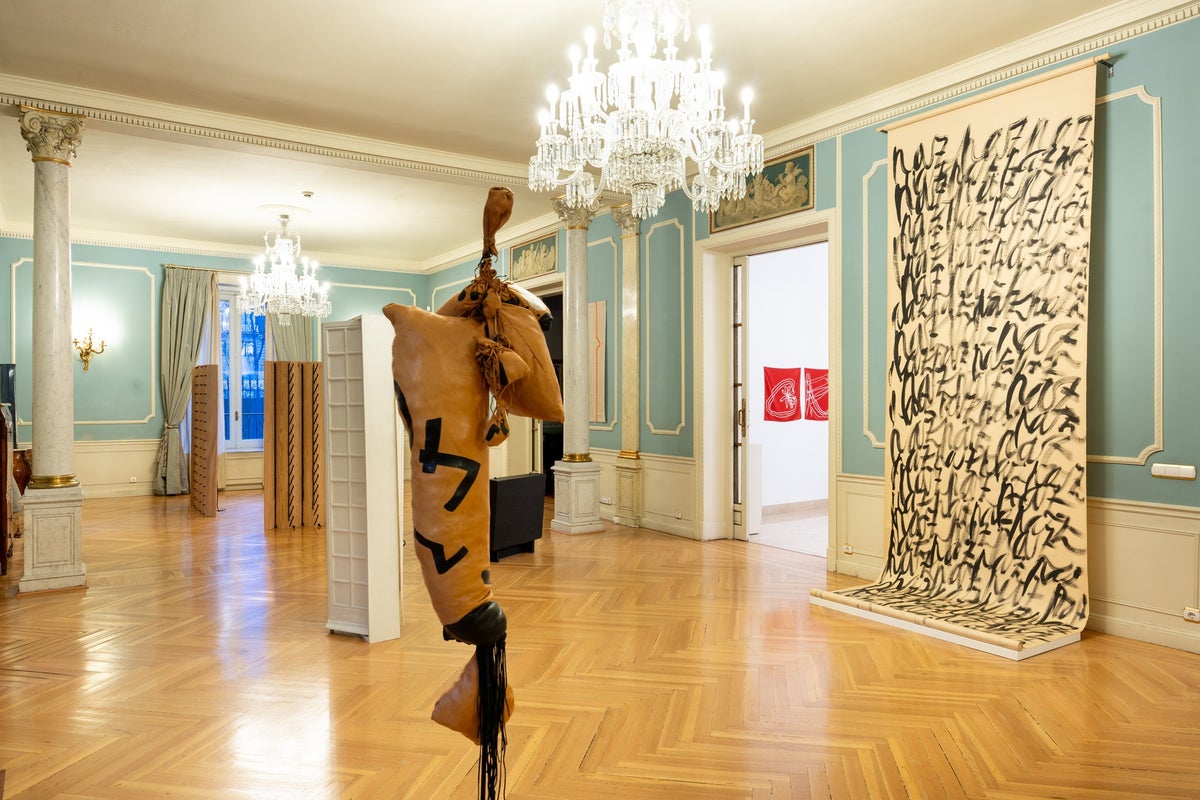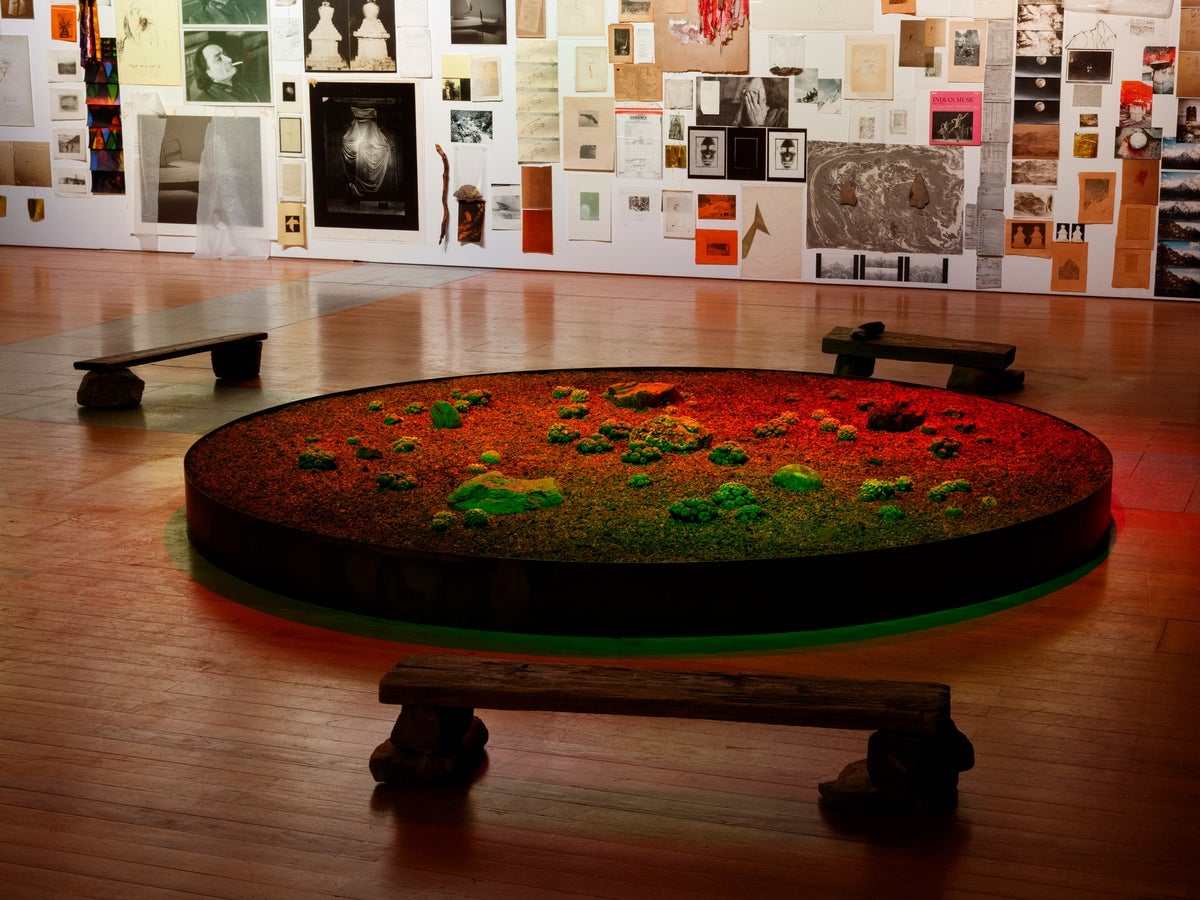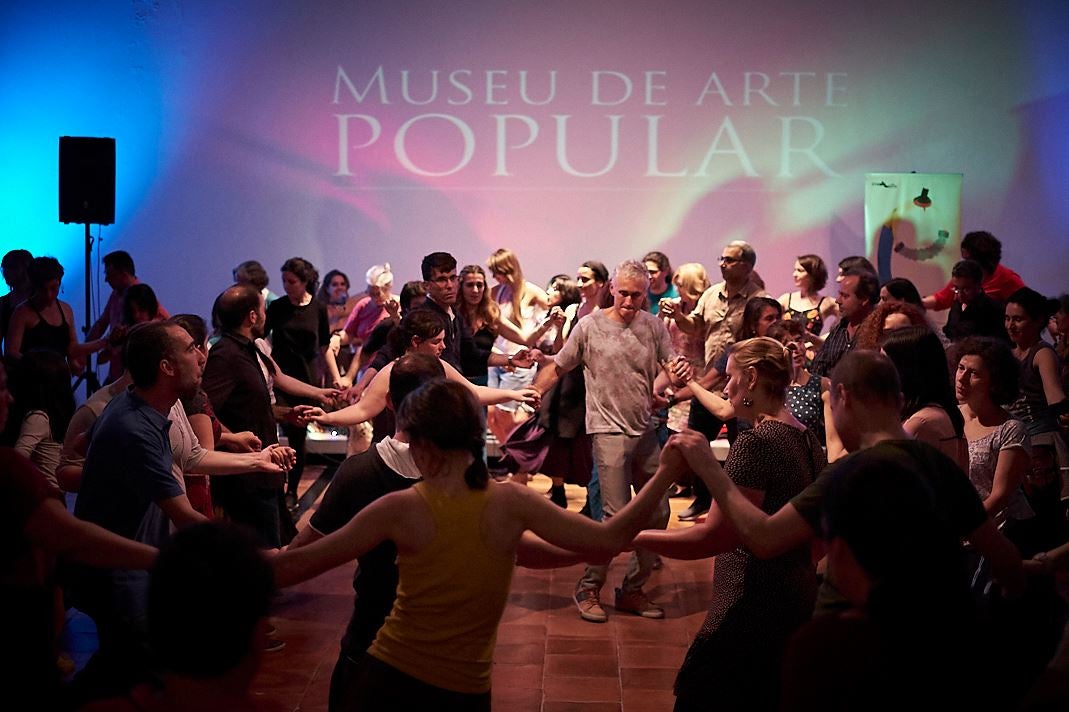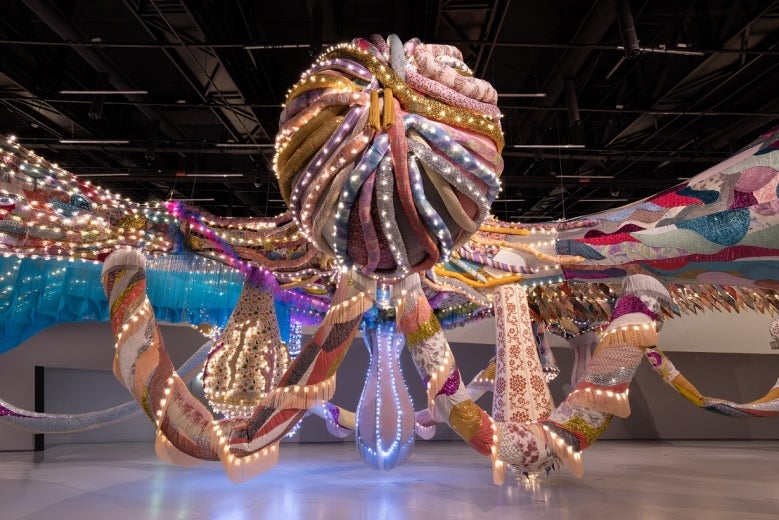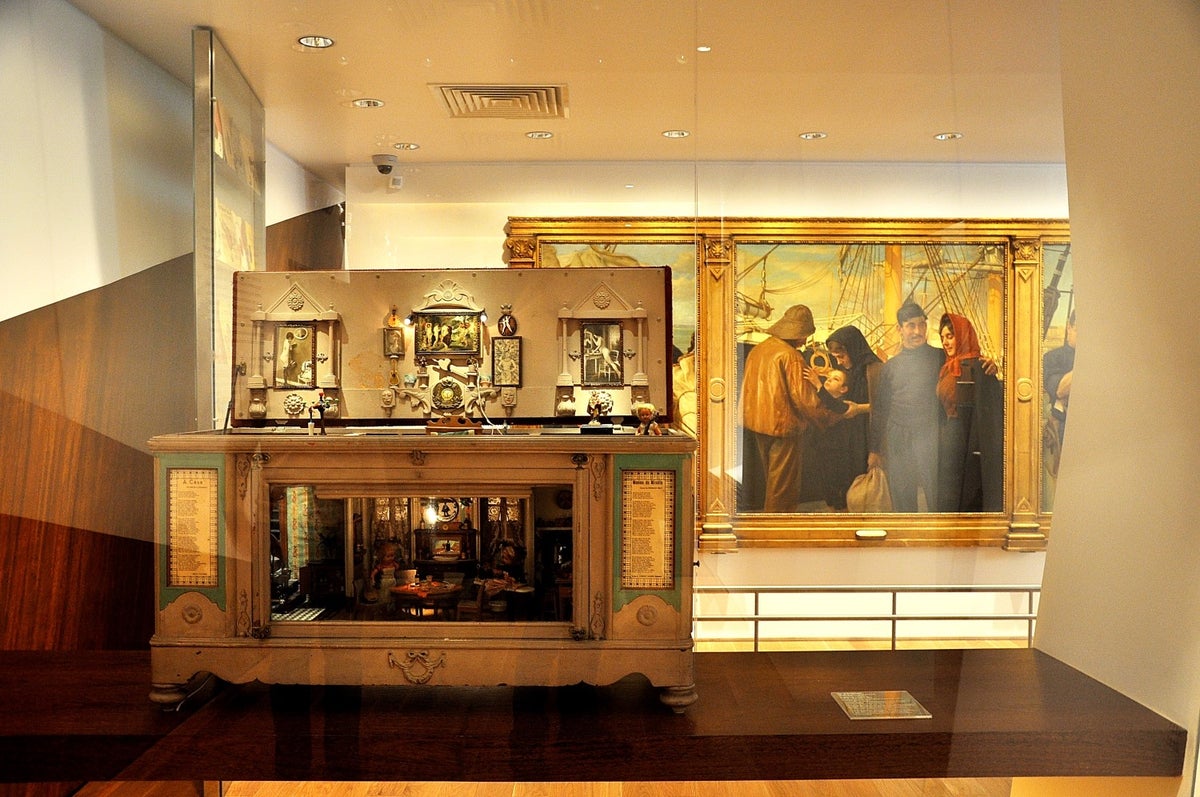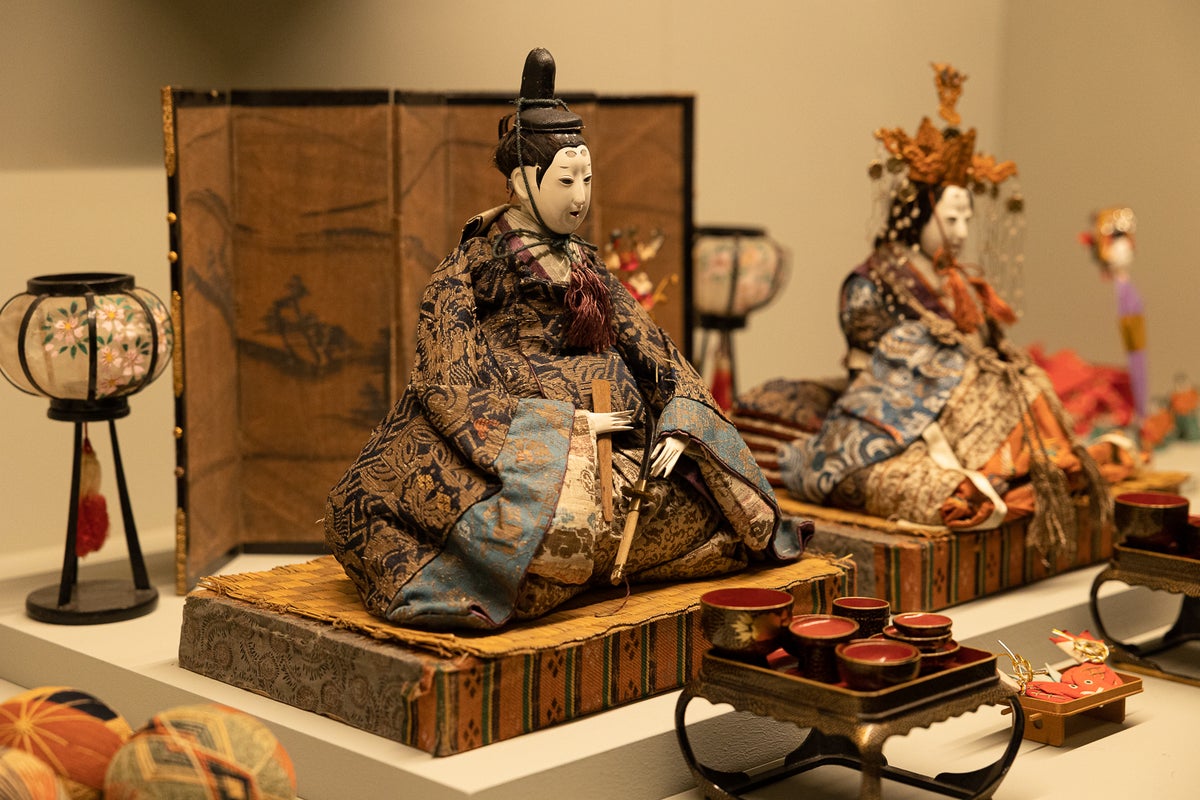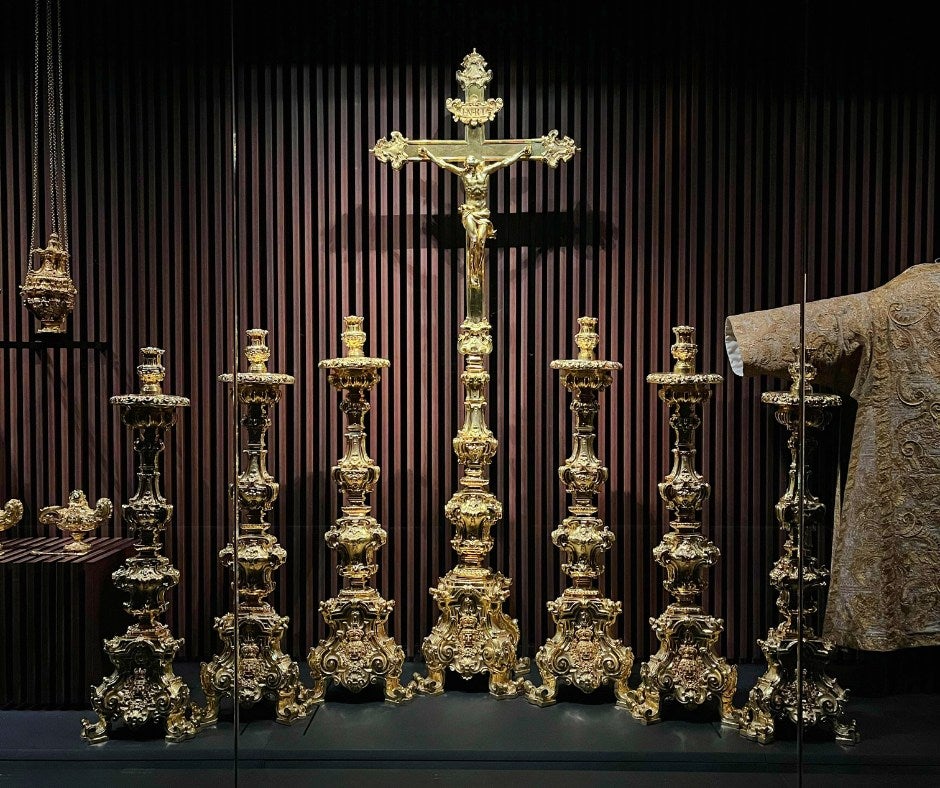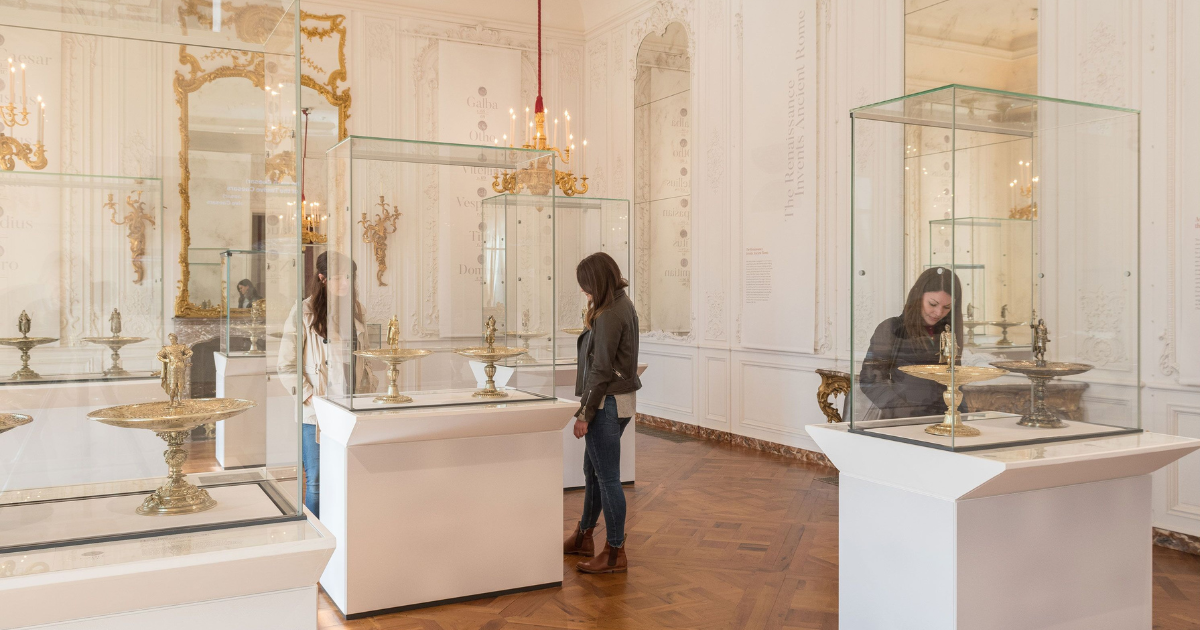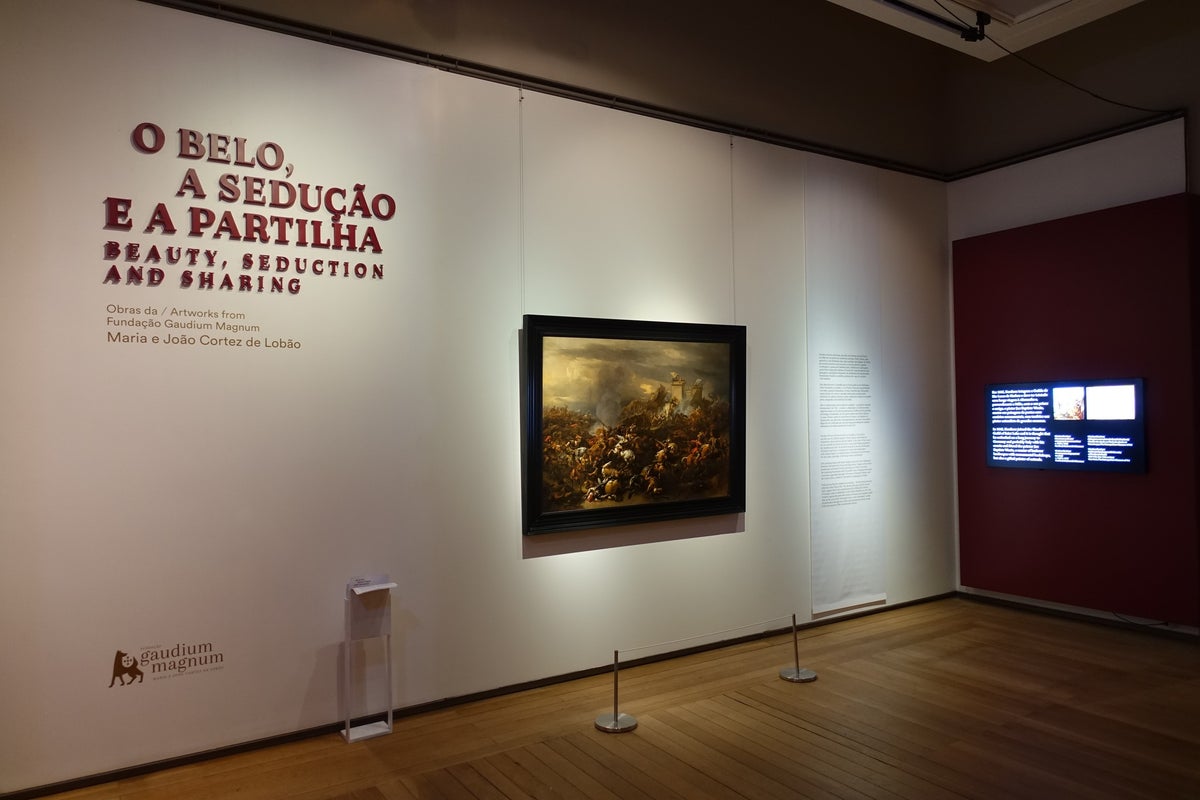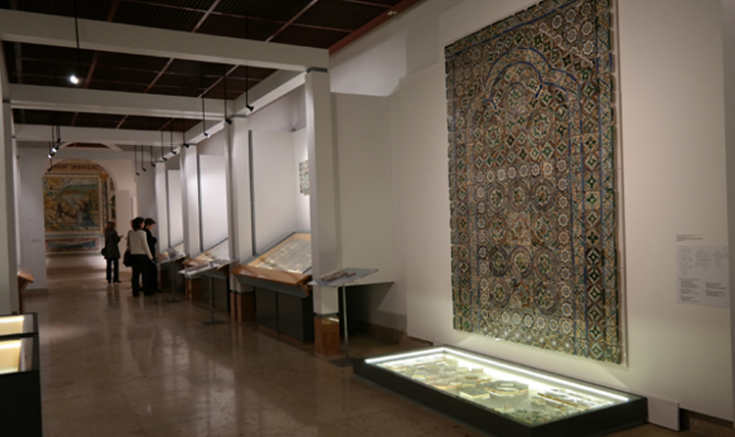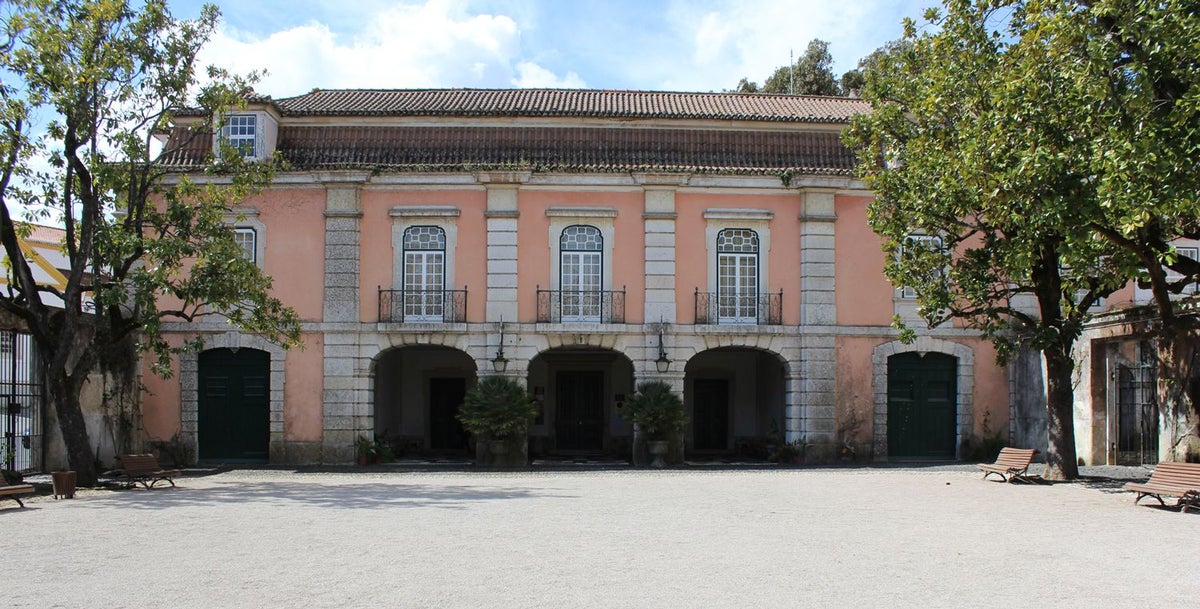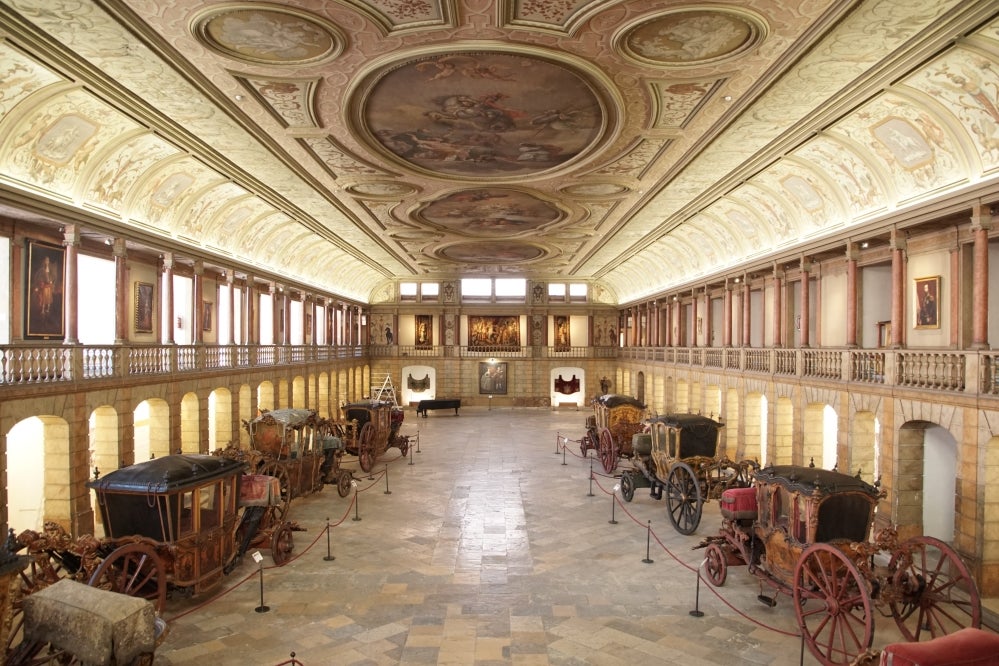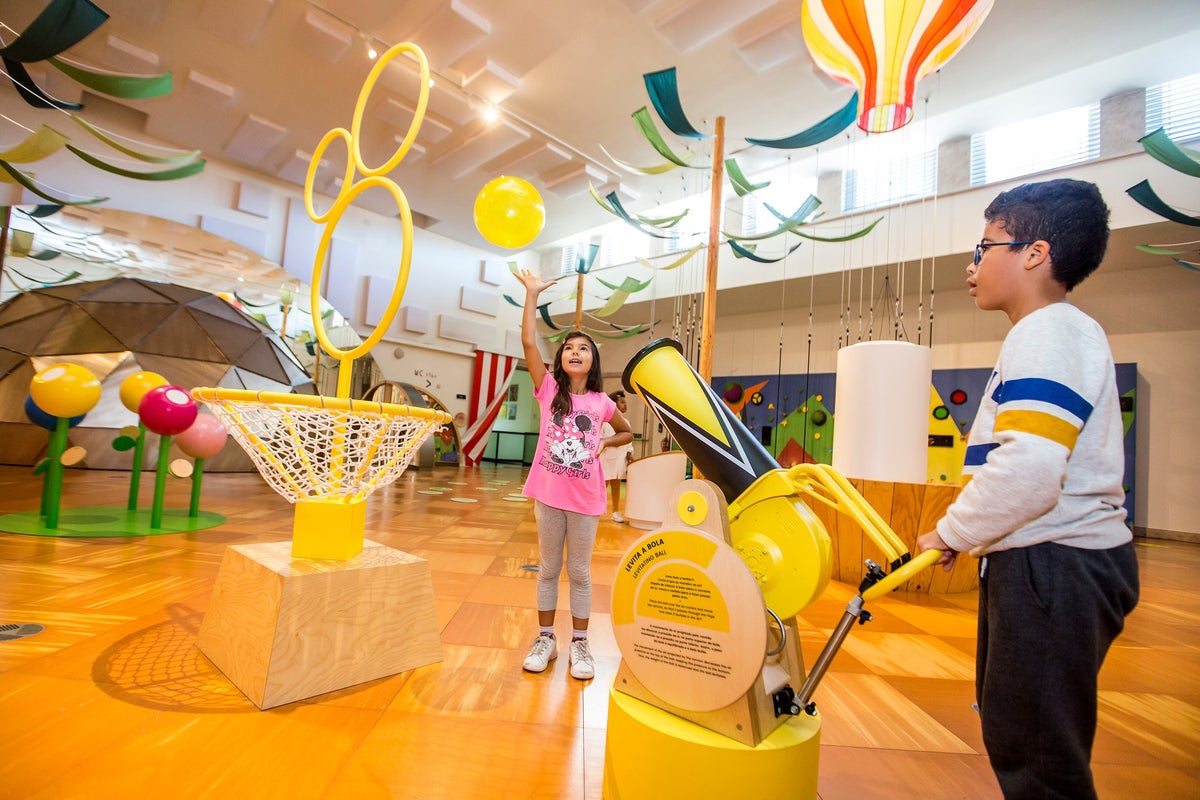Amar Hussain
Amar Hussain
Senior Content Contributor
865 Published Articles
Countries Visited: 63U.S. States Visited: 9
Amar is an avid traveler and tester of products. He has spent the last 13 years traveling all 7 continents and has put the products to the test on each of them. He has contributed to publications incl...
Edited by: Keri Stooksbury
Keri Stooksbury
Editor-in-Chief
70 Published Articles 3692 Edited Articles
Countries Visited: 54U.S. States Visited: 28
Editing with Upgraded Points for over 6 years, as editor-in-chief, Keri manages the editorial calendar and oversees the efforts of the editing team and over 20 content contributors, reviewing thousand...
![The 15 Best Museums in Lisbon, Portugal [2024]](https://upgradedpoints.com/wp-content/uploads/2024/03/Best-Museums-in-Lisbon.jpg?auto=webp&disable=upscale&width=1200)
